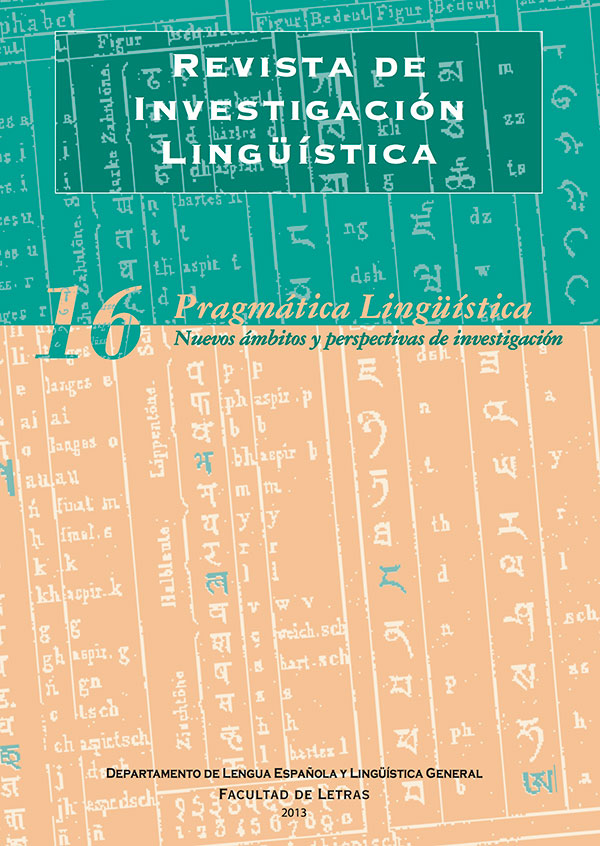The pragmatic dimension and the Theory of Mind
Abstract
This article claims to explain his content, framing it in a more wide area of investigation: «The multioperability of the subjects in going from the language till the speech», about which we have worked (Escavy 2008) and to a great extent it has propitiated the present paper, which we will try to justify inside the theoretical frame in which it registers. We understand that the pragmatic dimension of the language is in excess complex to approach it as if about the only space it was treating itself, for what we try, after the consideration of this subdivided in phases, to put it in connection with the theory of the modularity and that of mind-reading. In this case we have looked for the theoretical precedents suitably in the theories of the perception and the modular theories. Methodologically our labor is fundamentally theoretical and speculative, though in some case we have helped ourselves with empirical experiments that have served to reinforce certain assumptions.Downloads
-
Abstract3926
-
PDF (Español (España))893
The works published in this magazine are subject to the following terms:
1. The Publications Service of the University of Murcia (the publisher) preserves the economic rights (copyright) of the published works, and favors and allows the reuse of same under the license of use indicated in point 2.
2. The papers are published in the electronic edition of the magazine under a Creative Commons Attribution-NonCommercial-NoDerivative 3.0 Spain license (legal text). Papers may be copied, used, disseminated, transmitted and publicly exhibited if the following requirements are met: i) The authorship and the original source of its publication (magazine, editorial and URL of the work) must be cited; ii) The works cannot be used for commercial purposes; iii) The existence and specifications of this user license must be explicitly mentioned.
3. Self-archiving conditions. Authors can electronically disseminate pre-print versions (version before being evaluated) and / or post-print versions (version evaluated and accepted for publication). This makes possible its circulation and diffusion earlier and with it a possible increase in its citation and reach among the academic community. RoMEO color: green.









